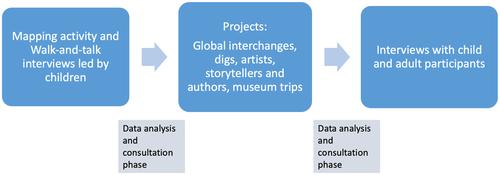什么地方适合儿童?比较分析
IF 1.4
4区 教育学
Q2 ANTHROPOLOGY
引用次数: 1
摘要
借鉴我国小学的比较工作本文章由计算机程序翻译,如有差异,请以英文原文为准。

What Animates Place for Children? A Comparative Analysis
Drawing on comparative work in primary schools in East Anglia (United Kingdom), Oaxaca (Mexico), and the North Slope of Alaska (United States), we explore what children mean when they say places are “special” to them. Focusing on information gathered during walks designed and guided by these children, we examine the experiential, affective, communicative, and dynamic bases of relationality between children and their surroundings. We set out how effective curriculum design can productively incorporate such knowledge.
求助全文
通过发布文献求助,成功后即可免费获取论文全文。
去求助
来源期刊

Anthropology & Education Quarterly
Multiple-
CiteScore
3.30
自引率
7.70%
发文量
31
期刊介绍:
Anthropology & Education Quarterly is a peer-reviewed journal that publishes scholarship on schooling in social and cultural context and on human learning both inside and outside of schools. Articles rely primarily on ethnographic research to address immediate problems of practice as well as broad theoretical questions. AEQ also publishes on the teaching of anthropology.
 求助内容:
求助内容: 应助结果提醒方式:
应助结果提醒方式:


